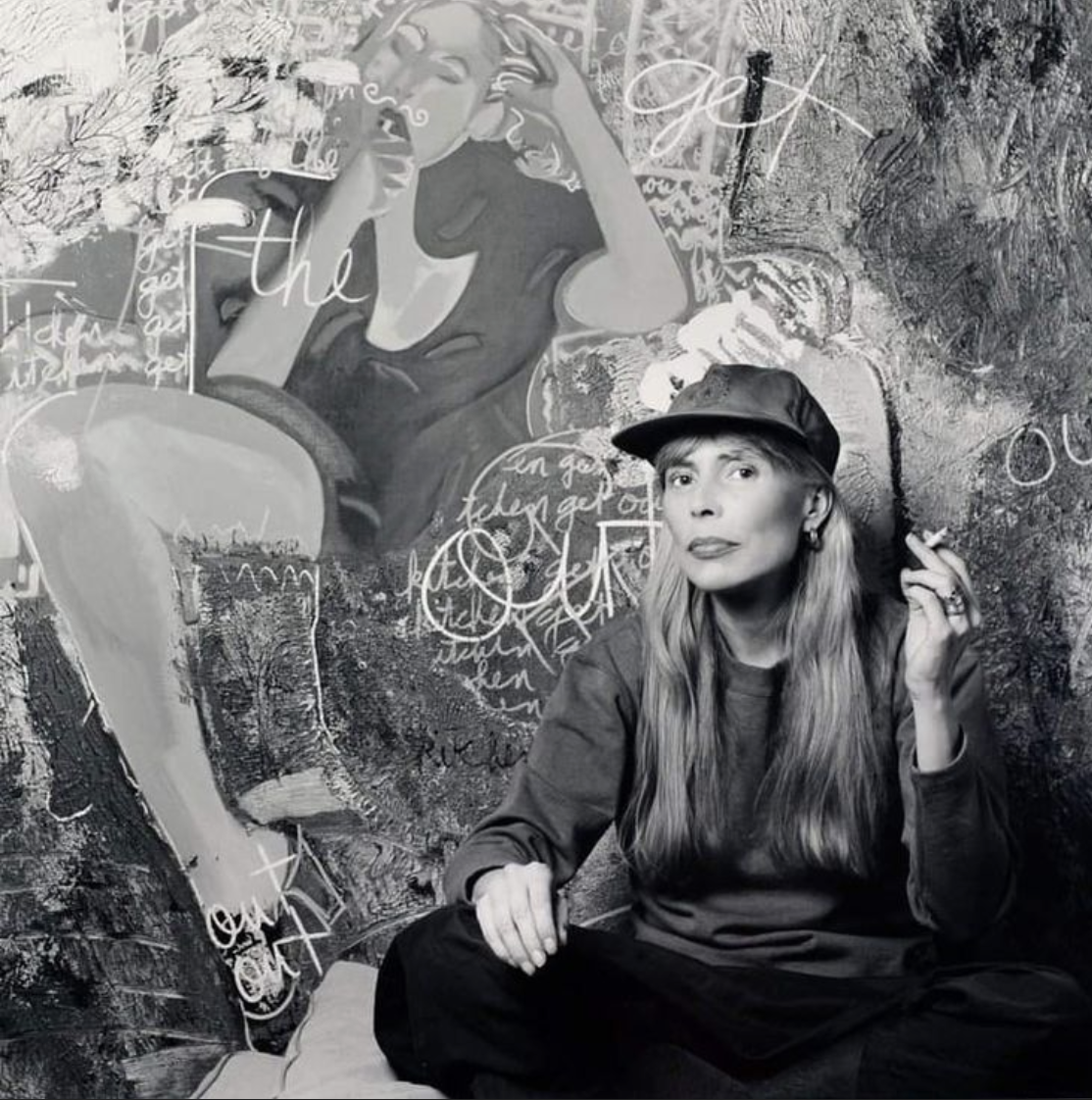The Vulnerable Language of Joni Mitchell’s Art and Music
“I’m a painter first, and a musician second. I think of my songs as paintings.” — Joni Mitchell
When Joni Mitchell’s album Blue came out, she said she let herself be seen.
No grand persona. No armor. No goddess mask.
Just the human.
Both seer and song.
I’ve been reflecting on my admiration for Joni lately. What is it beyond the obvious brilliance?
Her work lets others in.
It shows us our own reflection.
Her individual vulnerability becomes collective.
As artists, we often wear masks in our work — so instinctively we don’t even realize we’re doing it.
And to loosen that mask can feel painful, exposing, uncertain.
But Joni doesn’t cling to the fear of being misunderstood.
She lets it move.
She stays fluid.
“You have to keep right on being a child. You have to observe. You have to play.” — Joni Mitchell
Listening to Joni speak about her creative life feels like entering the architecture of a mind that moves between worlds.
For her, painting and music are two languages — each expressing what the other cannot.
Music, she says, begins with rhythm — almost like a mantra.
A soothing pulse where emotional energy gathers and rises into something scored and embodied.
The chords hold the pinnacle thought — the central idea, the thrust of what wants to be said.
Painting, on the other hand, clears the mind.
It creates spaciousness.
While music stirs thoughts, painting empties them.
Poetry watches thought form; painting lets thought dissolve.
Painting is a Zen mind.
Music is movement.
Painting is stillness.
Joni Mitchell
And yet both require a deep sensitivity — a quality she believes is undervalued in the West.
Here, sensitivity is mistaken for weakness, irrationality, fragility.
Clarity and intellect are praised.
Emotional intelligence is dismissed.
This imbalance, she says, is part of why our culture feels unwell.
We are ionized, overstimulated, electronically noisy.
The whales remember silence.
Many of us don’t.
Joni chose solitude not as escape but as preservation.
Silence is her source.
She avoids the internet not out of disdain, but because she knows how easily it pulls the mind away from its center.
When we trade stillness for convenience, something sacred is forfeited.
Her sense of individuality — and the insistence on honoring it — was present early.
School felt wrong. Art school worse.
Conformity was rewarded; originality treated as trouble.
And then pregnancy — a wound held privately, for a time.
Later, it became the truth her art refused to hide.
Art became the place she told the truth.
“I bared my soul to the world. I couldn’t help it.” — Joni Mitchell
Her life reminds us that we can move between mediums — not to master them all, but to stay alive in our seeing.
To stay connected to the part of ourselves that refuses to shut down.
To allow the work to strip us back into honesty.
Maybe that’s what I’m circling toward here — a reminder to myself, and maybe to you:
Not to choose just one language when stirring the depths.
We may be more practiced in one medium than another, but sometimes the medium we’re less fluent in is the one that reveals us.
If you feel stuck, or masked, or distant from your own voice — pick up the old guitar, the pencil, the brush, the dance, the piano keys, the camera.
Let one form loosen another.
Maybe the point is not to decide which language is “yours.”
Maybe the point is to move between them:
Painting when the mind is too loud.
Music when the heart needs to speak.
Poetry when the thoughts want to be witnessed.
To let sensitivity guide, not be apologized for.
As writer Virginia Woolf once said:
“Arrange whatever pieces come your way.”
We work with what arrives.
We stay open to the hum.
We let the art find its form.
Maybe that’s the real work:
To watch thoughts rise and fall.
To hum with the universe.
To speak in the language that is true today.
And so I’ll leave you with this:
Where, in your creative life, are you ready to let yourself be seen?
Please leave a comment below……

